In the past, Ethash and Equihash based currencies claimed them to be ANTI-ASIC, based on the reason that these two algorithms have certain requirements regarding RAM. However, with the development of chip and mining hardware, ASIC ming hardware for different kinds of algorithms has become a reality.
In this article, we will show the difference of ASIC and GPU hardware by disassembling and analyzing Antminer E3 and Z9.
Ethash (ETH) algorithm miner Antminer E3
Ethash algorithm needs to construct a DAG file in memory, and frequently read the contents of memory to obtain ANTI-ASIC properties. At present, the DAG file is close to 3G, that is, only the graphics card with more than 3G memory can be used to mine ETH. The higher the memory bandwidth is, the higher the computation power of the algorithm is.
E3 Specifications:
Hashrate: 190MH@power consumption 760W
Chips: 18 chips
Efficiency: 1.5 times that of the graphics card mining
Bitmain officially released the E3 miner in April 2018. We disassembled one for the review.
When open the case, we can see that there are three hash boards in the miner.
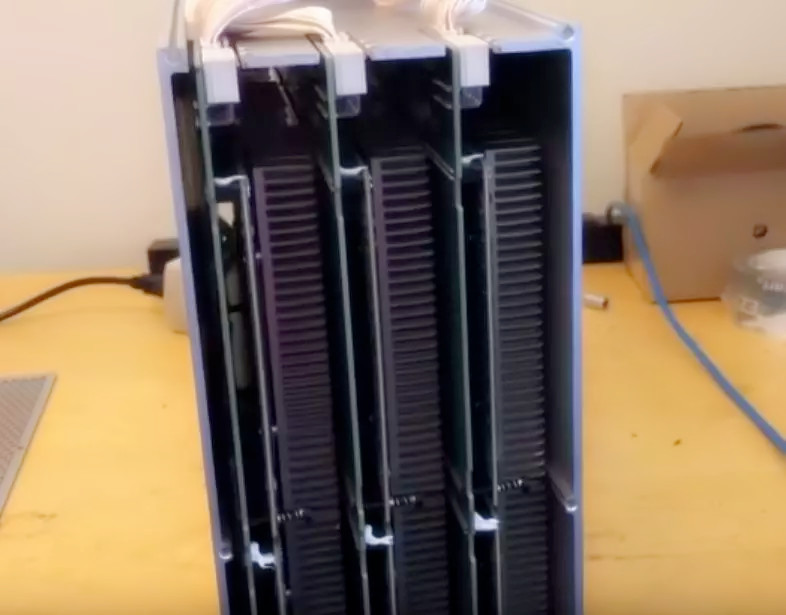
After disassembling, we can see that there are 6 sub hash boards on each main hash board. In the middle of each subboard, it’s covered with heat sinks, surrounded by a circle of memory chips that look similar to the independent graphics cards used in laptops.
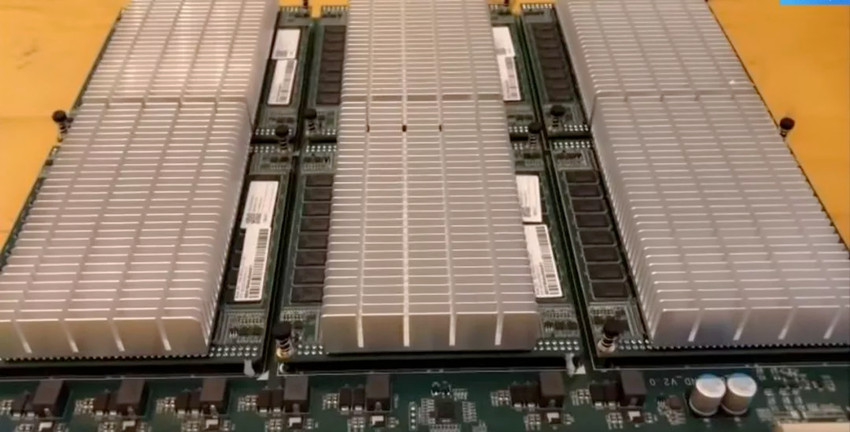
After removing the sub hash board and the heat sinks, you can see the ASIC chip: the BM1790 chip. The memory chip on the side is DDR3 128MB, a total of 4 * 8 = 32 chips, eacg chip with a memory capacity of 4 GB, thus the whole mining machine memory capacity reaches 72 GB. The chip is a product of the Elite Semiconductor Memory Technology Inc.(ESMT). Although the memory used by the E3 is cheaper DDR3 solution, achieving 72GB makes its manufacturing cost not low.
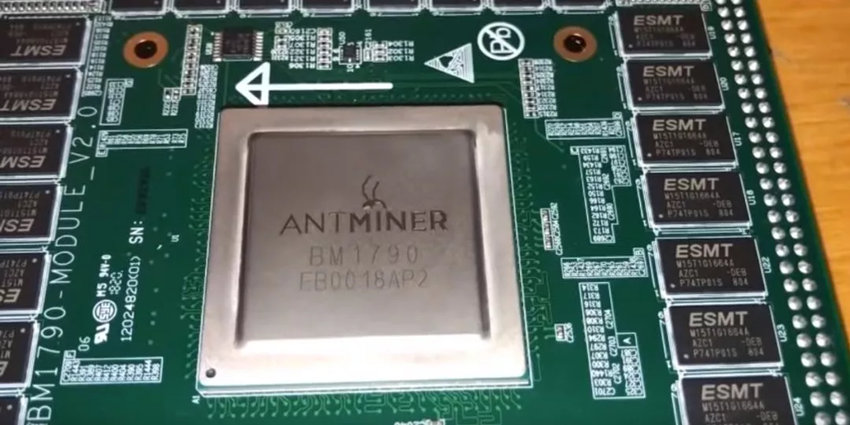
Because the hashrate in the Ethash algorithm is proportional to the memory bandwidth, and the single-chip requirement to match the threshold of 4GB memory, the likelihood of super power Eth miner is very low.
Equihash (ZEC) algorithm miner Antminer Z9
The algorithm used in ZEC, ZenCash, ZCL and so on is Equihash (200,9). BTG used the same algorithm before, but it changed to Equihash (144,5) after suffering a 51% attack in May.
The Equihash algorithm has parameters that affect the solution, which are called N and K parameters. They affect the time spent on the solution and the size of the solution value when the combination of different processing power and memory is used. The parameters Zcash chose before release were N=200 and K=9. After Zcash was released, cryptographers determined that the values 144 and 5 appeared to produce smaller, more ASIC-resistant solutions.
Under such conditions, ANTI-ASIC means more memory, the minimum memory requirement of parameters 200, 9 is about 140MB, while parameters 144 and 5 require nearly 2.5GB of memory. Integrating memory into an ASIC miner is expensive, so a hash algorithm with higher memory requirements is more resistant to ASICs. We can refer to this version of the Equihash algorithm as Equihash(144, 5) for differentiation.
Z9 Specifications:
Hashrate: 40.8Ksol
Power consumption: 1150W.
The efficiency is about 40 times that of the graphics card mining machine.
SRAM:
SRAM is a type of memory that often integrated inside the chip. For example, CPU’s L1, L2, L3 cache. Increasing SRAM will significantly increase the chip area and increase the cost of chip manufacturing.
No memory chips were found on the Z9’s hash board, but after removing the heat sink, the area of the BM1740 chip is quite large, suggesting that the RAM of the Z9 is integrated into the chip.
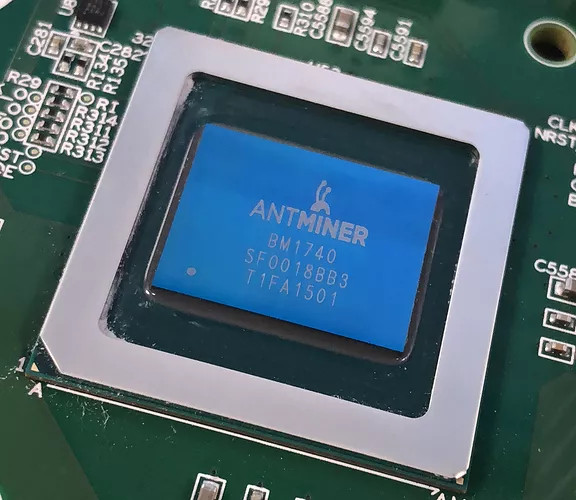
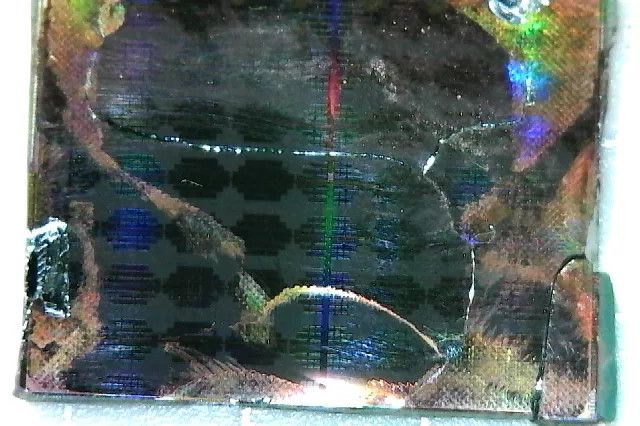
After destructively removing the chip and peeling off the exterior structure, the basic structure inside the chip can be seen.
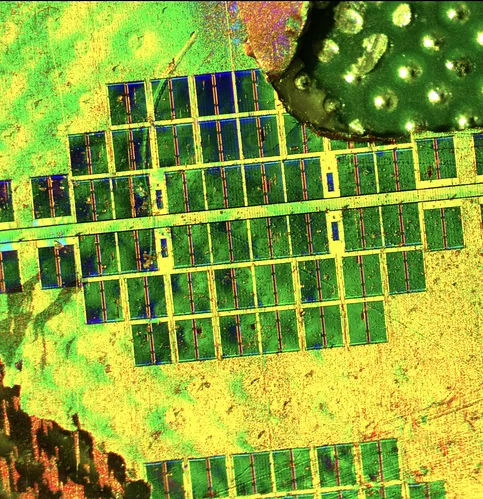
As you can see, 144 MB of memory is integrated into the chip, which just meets the requirements of Equihash (200,9) algorithm. As for why internalized storage rather than less expensive externally, we guess it is based on increasing the hashrate considerations. After all, the internal cache read-write speed is significantly faster than regular memory chip. However, it is precisely because of this, it seems that the 2.5G memory required by Equihash (144,5) algorithm can still be anti-ASIC.
Although the two miners use different schemes to add memory to meet the needs of the algorithm, it is enough to show that the memory-based algorithm can not completely prevent the emergence of ASICs, but can only delay the emergence of ASICs.
What role can FPGA play in the mining arm race?
FPGA, the abbreviation of Field Programmable Gate Array, appears as a semi-custom circuit in the field of Application Specific Integrated Circuit(ASIC). It not only solves the shortcomings of customized circuit, but also overcomes the shortcomings of the limited number of the programmable gate circuit.
Generally speaking, the speed of FPGA is slower than ASIC (Application Specific Integrated Circuit), and the area is larger than ASIC circuit. But they also have many advantages, such as being able to produce quickly, being able to modify errors in programs and being cheaper to build.
FPGA can be used for mining after proper hardware programming. But the shortcomings are that it is difficult to deploy in large quantities and that high threshold for hardware programming.
This year, Monero currency has forked as a counteract to Monero ASIC miners. After the fork, it is high risk for miner manufacturers to continue to develop new miners for the new algorithm because the ASIC miners are likely to be resisted by the community again and force the hardware to become obsolete.
Under such circumstances, the FPGA has gained popularity. We found some hardware products developed by enthusiasts, such as the following:
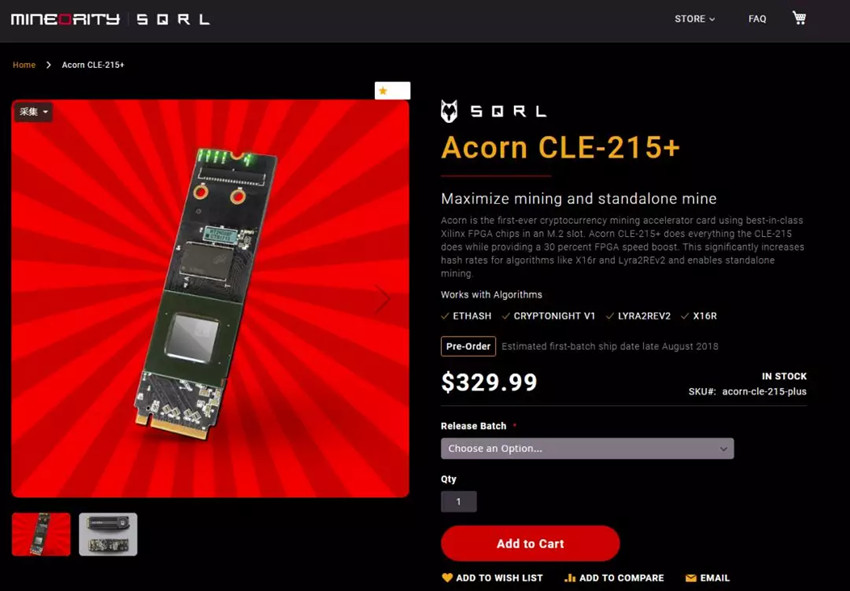
Making it easier to use FPGA to mine and providing algorithm upgrade services for the FPGA users, may be the consideration of mining hardware manufacturers. As long as POW(proof of work) does not die, the rivary between algorithm researchers and hardware developers will continue, with one seeking a new algorithm compatible with as many kinds of hardware as possible, while the other seeking to develop more powerful mining hardware.
Photo Credit:
- Justin A on YouTube, the pictures of Antminer E3 disassembly is taken from his video
- MentalNomad on bitcoingold form, the pictures of Antminer Z9 disassembly is taken from his post

